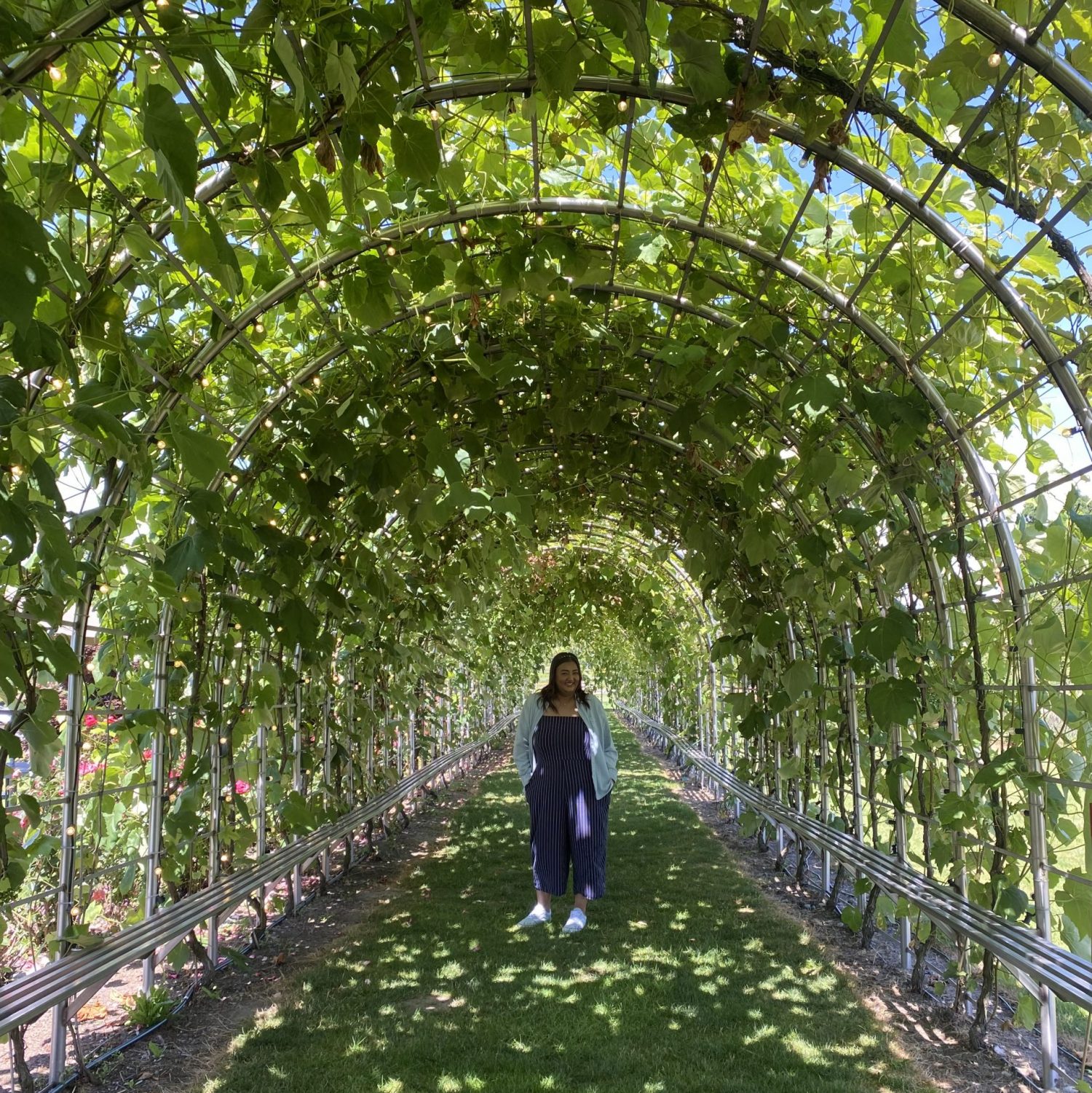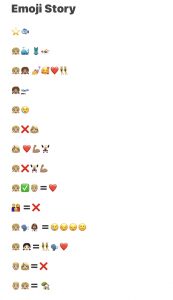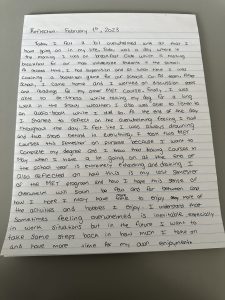For this assignment, I decided to redesign the assignment by firstly, arranging the items in the order in which I pack them when going to work each day. This was important for me because it gives more context into what I find essential and why I pack the items in the way that I do.
Secondly, I decided to play a sort of word association game but, in this case, more of an item or picture association. I showed what each item in my bag reminds me of, particularly in the context of what I would imagine someone who had any given item to look like.
The New London Group (1996) discuss particularly how multi-modal meaning has become and with this assignment and the item association I did, help to ascribe more meaning to the products I carry with me to work each day. This task and thinking of redesigning it made me think about the many ways, as educators, we have to be flexible in our delivery of content and instruction, “the process of shaping emergent meaning involves re-presentation and recontextualization” (New London Group, 1996, p. 75). For many learners in classrooms, the traditional way of instruction is not suitable. In my classroom in particular, I try to incorporate a variety of teaching methods in terms of delivering instruction (digital presentations by me, reading, researching, etc.) as well as multiple modes of assessment to gauge student learning. If as educators, we are expecting students to be prepared for an ever-changing world, we must start in the classroom, by allowing them the ability to learn in a variety of different formats and contexts.
References
The New London Group. (1996). A pedagogy of Multiliteracies: Designing Social Futures. Harvard Educational Review 66 (1), 60-92.


